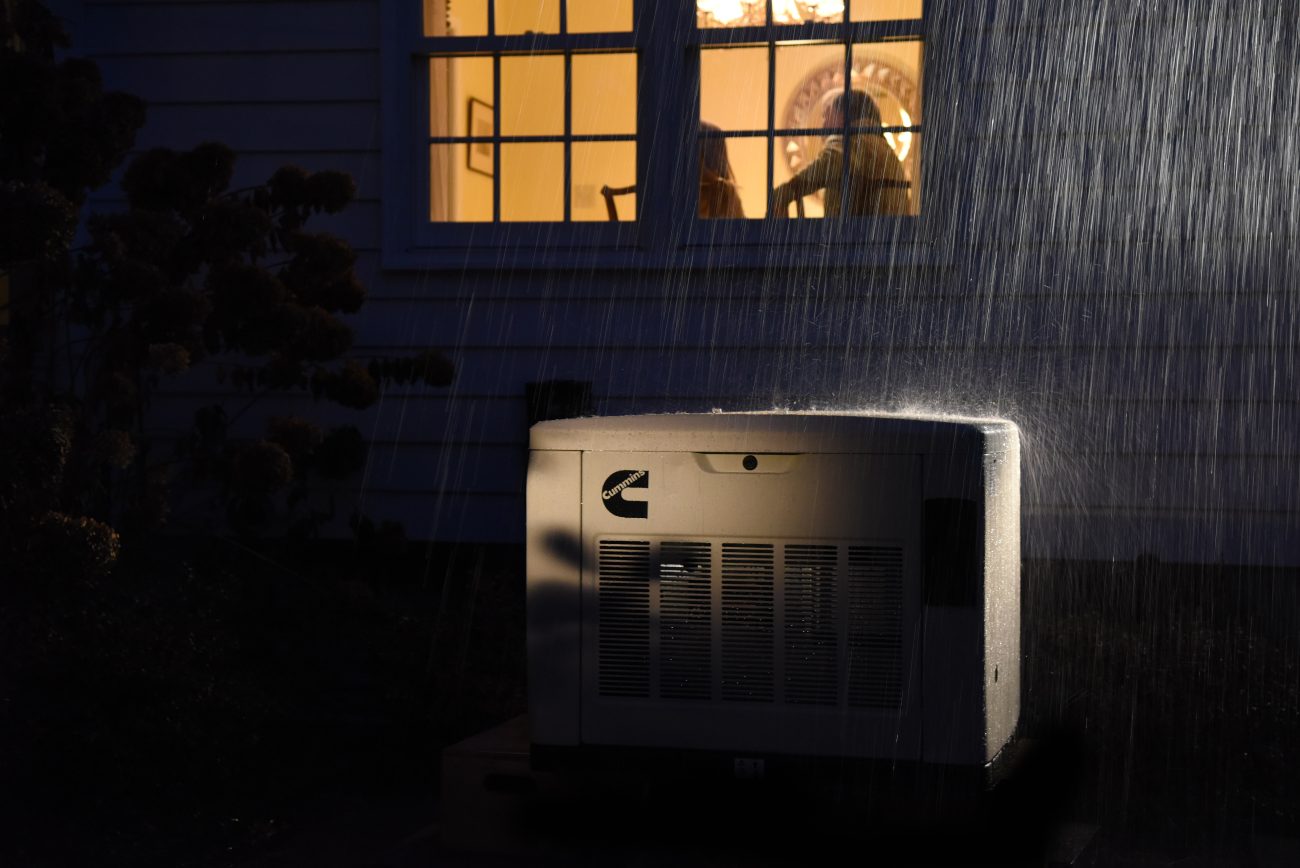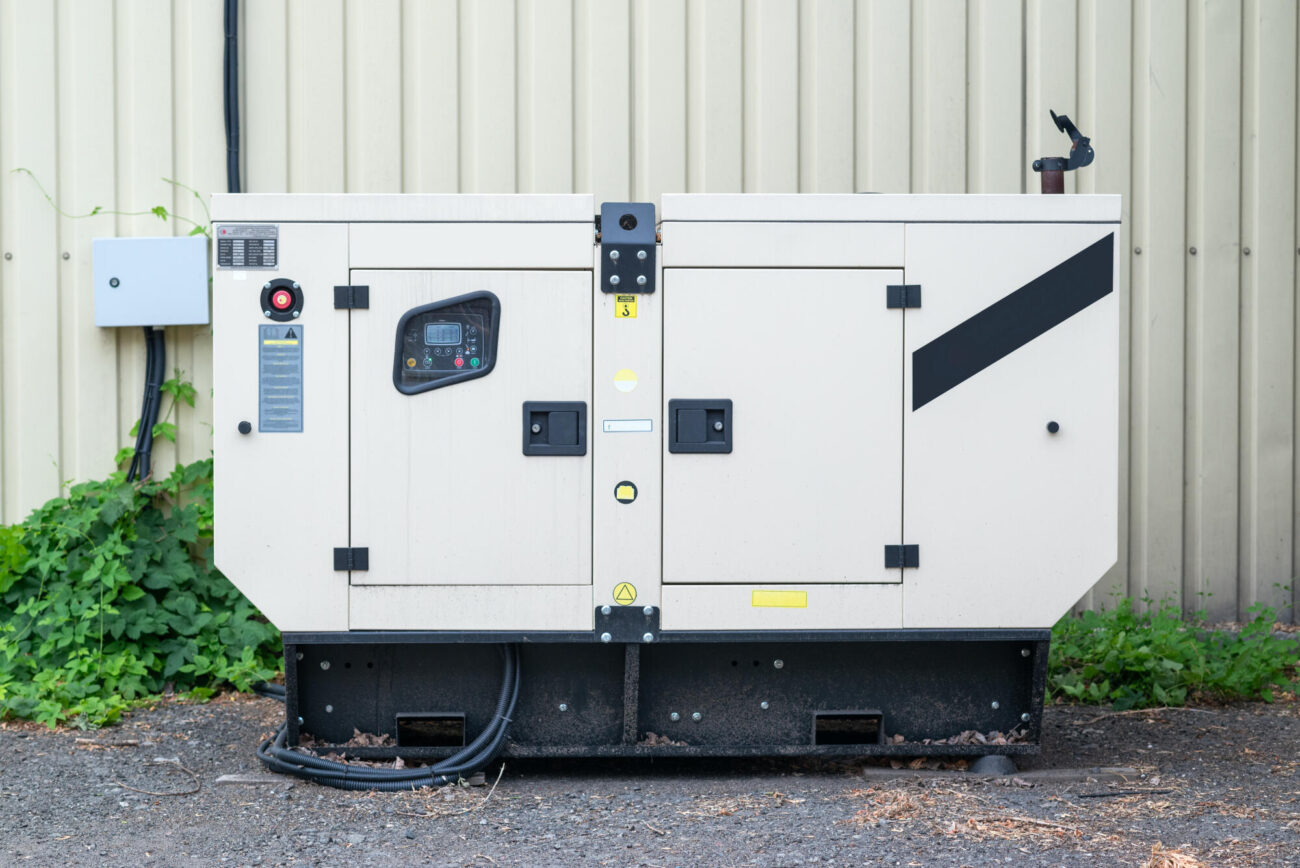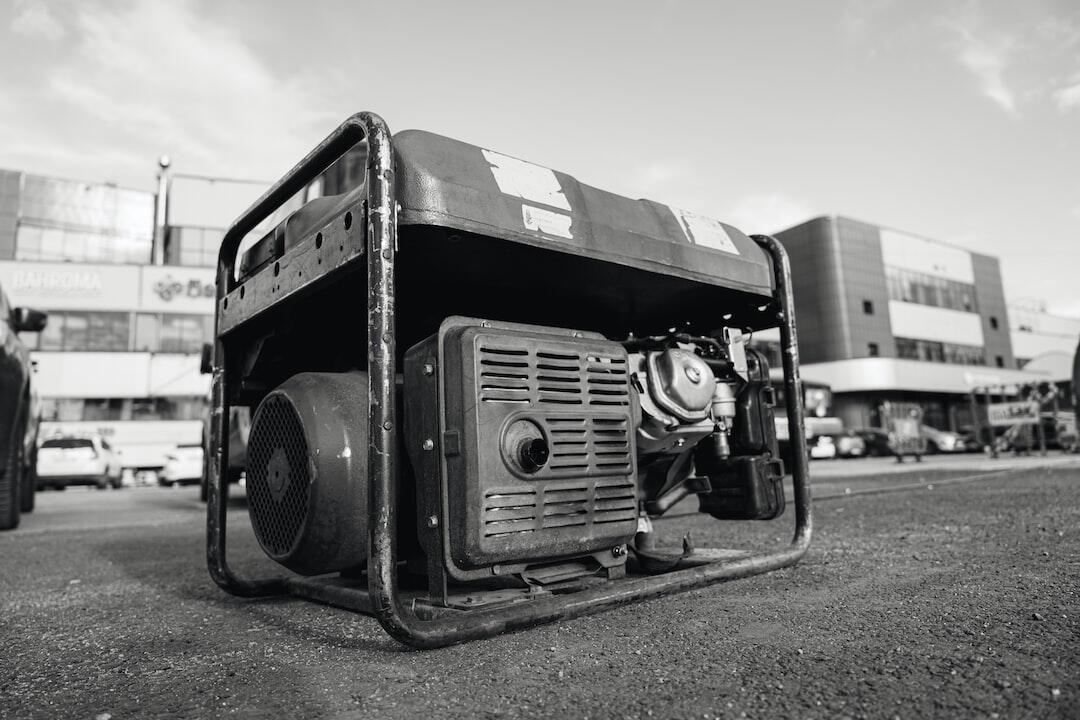5 Unexpected Ways Power Outages Can Impact Your Home and Daily Life
Imagine your daily routine coming to a halt in seconds. Power outages are more common than many realize.
According to Climate Central, 80% of major U.S. power outages from 2000 to 2023 were due to weather events. Yet, the effects go far beyond losing electricity. Power outages can disrupt comfort, safety, and even financial stability.
From home security to essential appliances, the impact of an unexpected electricity loss can be far-reaching. Homeowners often overlook these risks until it’s too late.
Keep reading to discover five unexpected ways power outages can impact your home and daily life. Follow these 5 tips to stay power ready;
1. Home Security Risks
When your home loses power, home power disruption can jeopardize your security. Modern security systems depend on electricity to function. During outages, homes with electric locks, surveillance cameras, and alarms become vulnerable.
Power outages affect home security through:
- Disabled security systems: Security alarms and monitoring services may go offline
- Automatic garage doors stop working: Without power, garage doors can’t open or close electronically, leaving your home exposed
- Smart home devices disconnect: Smart locks and lighting may become non-functional
Additional security risks include:
- Break-ins and theft: Darkened homes can attract burglars
- Fire hazards from backup lighting: Using candles as emergency lighting can increase fire risks if left unattended.
Solution
Installing a backup power source ensures that critical security systems remain operational. A generator can keep alarms, cameras, and smart devices running. It provides peace of mind during a power outage.
With reliable backup power, your home remains secure, even during prolonged unexpected outages.
2. Food Spoilage and Water Safety
A daily power interruption can quickly affect your food supply, especially during extended power outages. When electricity is lost, refrigerators and freezers stop running. This causes perishable items like dairy, meat, and fresh produce to spoil.
Additionally, homes relying on well water systems lose access to clean water, further compounding the crisis. The consequences can range from mild inconveniences to serious health hazards.
Key Impacts on Food and Water
Power outages can disrupt access to food and water in many ways. Here are some common problems homeowners may face.
Perishable Food Wastes Quickly
Food in a refrigerator begins to spoil after about four hours without power. Items like milk, eggs, and leftovers become unsafe to consume, increasing waste and grocery bills.
Freezer Food Can Last Up to 48 Hours
A fully stocked freezer can keep food frozen for up to two days. But that’s if the door remains closed. After this period, frozen goods start to thaw, making them unsafe to eat.
Water Contamination Risks
Homes with electric well pumps lose water access entirely. This can lead to unsafe water supplies, which increases the risk of waterborne illnesses.
Loss of Cooking Ability
Electric stoves, ovens, and microwaves become useless, limiting meal preparation. Families may struggle to prepare balanced meals, resorting to processed or non-perishable items.
Financial impacts include:
- Increased grocery costs
- Emergency water purchases
Solution
Investing in a standby generator ensures essential home appliances like refrigerators, freezers, and water pumps continue to operate during prolonged power outages. A reliable home generator provides:
- Peace of mind
- The ability to maintain fresh food supplies
- The ability to cook meals even when the grid goes down
3. Disrupted Medical Equipment and Health Risks
For households where individuals relying on medical devices, an unexpected electricity loss can be life-threatening. Devices such as oxygen concentrators, CPAP machines, and powered wheelchairs require continuous power. Even short-term outages can disrupt care and create dangerous situations for family members.
Medical Concerns During Power Outages
Power outages can create serious health risks for families. Critical medical devices and essential healthcare needs may be affected when electricity is lost.
Medical Device Failures
Devices critical to sustaining life, like oxygen concentrators and dialysis machines, may stop working. Even a brief interruption could result in a medical emergency.
Medication Storage Issues
Many prescription medications, such as insulin, require refrigeration to remain effective. Without power, these life-saving drugs may spoil, making them unsafe to use.
Heat-Related Illnesses
In extreme weather, losing access to air conditioning or heaters can be dangerous. Seniors and children are especially at risk for:
- Heat exhaustion
- Heatstroke
- Hypothermia
Additional health hazards include:
- Limited access to emergency services: Widespread power outages can overload emergency response systems, causing delayed assistance for those in critical need
- Reduced visibility: Dim lighting in darkened homes increases the risk of falls, cuts, and other injuries
- Disrupted medical communications: Without electricity, patients may struggle to contact doctors, refill prescriptions, or receive important medical updates
Consider these health safety tips during outages:
- Backup battery supply: Keep extra batteries for essential medical devices
- Portable power banks: Invest in portable chargers for phones and medical equipment
- Emergency contacts list: Keep a list of nearby hospitals, doctors, and pharmacies for quick access during a crisis
Solution
Homeowners should have a professionally installed emergency generator to ensure continuous power supply for critical medical devices. A whole-house generator can:
- Prevent health emergencies
- Maintain temperature-sensitive medication
- Provide reliable lighting and climate control
This proactive investment can be life-saving in emergencies.
4. Financial Setbacks From Home Damage
Power outages can cause hidden damage to your home, leading to costly repairs. According to the U.S. Census Bureau, one in four households experienced a power outage within a year.
Unexpected damages from power outages:
- Electrical surges: Power surges after restoration can fry appliances
- Frozen pipes: Pipes can burst during winter outages
- Sump pump failures: Water can flood basements when sump pumps stop working
- Mold and mildew growth: Water damage from power-related plumbing failures can lead to mold, requiring costly remediation
Financial risks involve the following:
- Insurance claims: Not all policies cover damage caused by power outages
- Business losses: Home-based businesses can lose income due to productivity disruptions
Solution
Power outages can cause significant damage to home appliances, plumbing systems, and electronics. Electrical surges during power restoration can fry devices. Water damage from failed sump pumps can lead to mold and structural issues.
Safeguard your home with surge protectors and a whole-house generator to reduce potential repair costs. A professionally installed generator keeps essential systems running. This prevents expensive home repairs.
5. Work, School, and Connectivity Disruptions
With remote work, online learning, and digital communication becoming everyday essentials, home power disruption can cause productivity to grind to a halt. Extended power outages create serious challenges for households reliant on the internet for:
- Work
- School
- Staying connected with loved ones
Connectivity issues due to power cuts include:
- Internet outages: Without power, internet routers and modems stop working, cutting off Wi-Fi and online services
- Remote work stops: Computers, printers, and workstations shut down, leading to delayed projects and missed deadlines
- Educational interruptions: Students can’t attend virtual classes, complete homework, or submit assignments on time
Impact on Family and Work Life
Power outages can disrupt your household’s routine in unexpected ways. Everyday tasks become difficult, affecting work, school, and personal connections. Let’s take a closer look.
Missed Deadlines and Exams
Students may struggle to keep up in school when power outages delay homework and test preparation. Missing virtual classes can reduce participation and cause academic setbacks.
Workplace Reputations
Frequent absences or missed meetings due to power outages can damage an employee’s professional image. Job security may be at risk if critical deadlines are repeatedly missed.
Communication Breakdown
Power outages can shut down landlines, internet-based apps, and even some cell networks. This makes contacting family members and emergency services difficult during critical moments.
Solution
A home generator ensures your household stays connected even during unexpected power cuts. A generator keeps your family’s daily activities on track by powering essential electronics like:
- Routers
- Computers
- Charging stations
With a standby generator, you can:
- Avoid productivity losses
- Maintain remote work schedules
- Ensure uninterrupted learning for students
How to Stay Prepared for Power Outages
Staying ahead of power outages means having a plan in place. Here are some essential tips to enhance your preparedness for power cuts:
- Install a Standby Generator: Ensure continuous power with a generator
- Keep emergency supplies ready: Stock flashlights, batteries, non-perishable food, and bottled water
- Create a family emergency plan: Assign roles and establish a meeting place if power cuts last longer
- Use surge protectors: Protect electronics from power surges when power is restored
- Maintain backup fuel supplies: Consider fuel storage for gas-powered generators
Emergency safety kit checklist:
- Flashlights and extra batteries
- First aid kit
- Portable phone chargers
- Battery-powered radio
- Non-perishable food and water
Don’t Let Power Outages Disrupt Your Life
Power outages are more than inconvenient. They can endanger your family’s safety, security, and financial well-being. Homeowners must take action to minimize risks and ensure seamless daily living.
We specialize in providing tailored home standby generator solutions that ensure uninterrupted power for your home. Our expert team installs, maintains, and services industry-leading generators designed for long-term reliability. With A&A GenPro, you can trust that your home will stay powered, protected, and connected when you need it most.
Get a quote on a home standby generator today to keep your home safe, secure, and functional.










